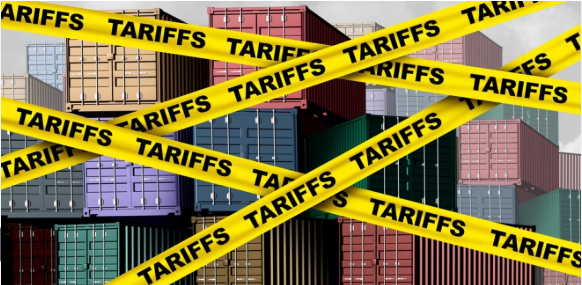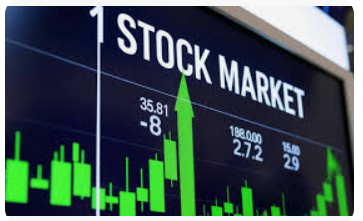Canada is working to mend and strengthen its economic relationships with China and India, even as it faces tense trade negotiations with a U.S. administration doubling down on tariffs. Foreign Minister Anita Anand is visiting New Delhi, Mumbai, Singapore, and Hangzhou, China this week to meet with counterparts and lay the groundwork for deeper trade and investment ties.
Her mission is both complex and sensitive. Canada’s strained relations with the world’s two most populous nations require careful diplomacy — any attempt to ease friction with China risks provoking a response from U.S. President Donald Trump, who has intensified his tariff battle with Beijing.

Also Read: Long term investing in Canada
Anand maintains that Canada’s strategy is consistent across the board: prioritize Canadian workers and businesses. It marks a clear pivot under Prime Minister Mark Carney, who has moved away from Justin Trudeau’s more values-driven foreign policy to one centered squarely on economic interests.
“It goes back to being a sovereign country,” Anand told Bloomberg News when asked how Canada balances ties between China and the U.S.
Trump’s Tariff Gambit Raises Stakes
Trump threatened to impose an additional 100% tariff on Chinese imports on Friday, sending markets sharply lower. By Sunday, he suggested a possible truce, but uncertainty remains high.
“Having a stable relationship with a major global economic player is of exceeding importance in this geopolitical environment,” Anand said. “Canada is going to approach the relationship with China guided by one principle — acting in the best interest of Canadians.”
Under Trudeau, Canada aligned with Washington in applying tariffs on Chinese electric vehicles, steel, and aluminum. Carney has kept those measures in place while seeking concessions from the U.S. on Trump’s steel and aluminum tariffs. Canadian negotiators are making the case that a stronger North American supply chain is essential to counter China’s dominance.
Also Read: How to start investing Canada
Balancing Trade Pressure with China
China has responded with steep tariffs on Canadian canola, pork, and seafood. However, Beijing has extended the deadline for its latest investigation into Canadian canola, giving both sides more room to negotiate. Pressure is mounting domestically — especially from western Canada — to ease EV tariffs in exchange for tariff-free food exports.
While steel, aluminum, and auto producers support Canada’s tough stance on Chinese imports, public opinion is shifting. Support for EV tariffs has fallen to 44% from 63% a year ago, according to a Nanos Research poll for Bloomberg News.
Carney has signaled openness to cooperation with China in energy, particularly around liquefied natural gas exports to Asia. A potential meeting with President Xi Jinping could take place at the upcoming Asia-Pacific Economic Cooperation (APEC) summit in South Korea. Anand also emphasized opportunities for collaboration on climate change and trade despite political friction.
“We have many Canadian businesses actively engaged in that market,” she noted.
India Relations Remain Fragile
Canada is also seeking to reset ties with India. Trade talks for a limited agreement collapsed in 2023, shortly before Trudeau accused the Indian government of orchestrating the murder of a Sikh separatist on Canadian soil. Indian Prime Minister Narendra Modi denied the allegations, but related court cases are ongoing in both Canada and the U.S., and some activists claim to still face threats.
Sign Up For our Newsletters to get latest updates





